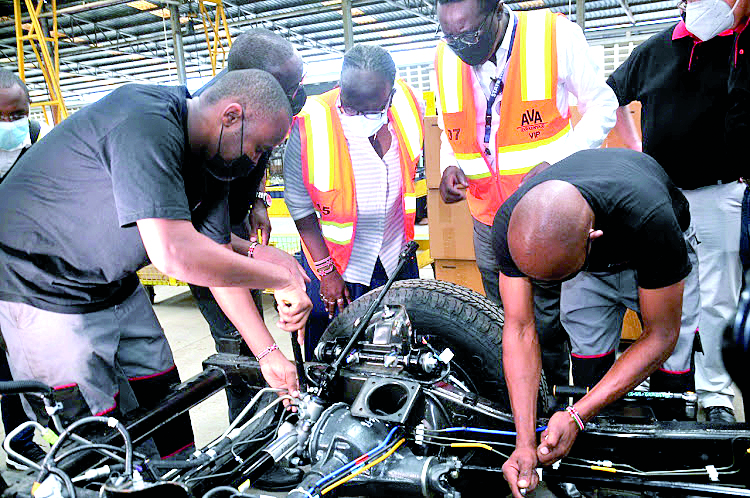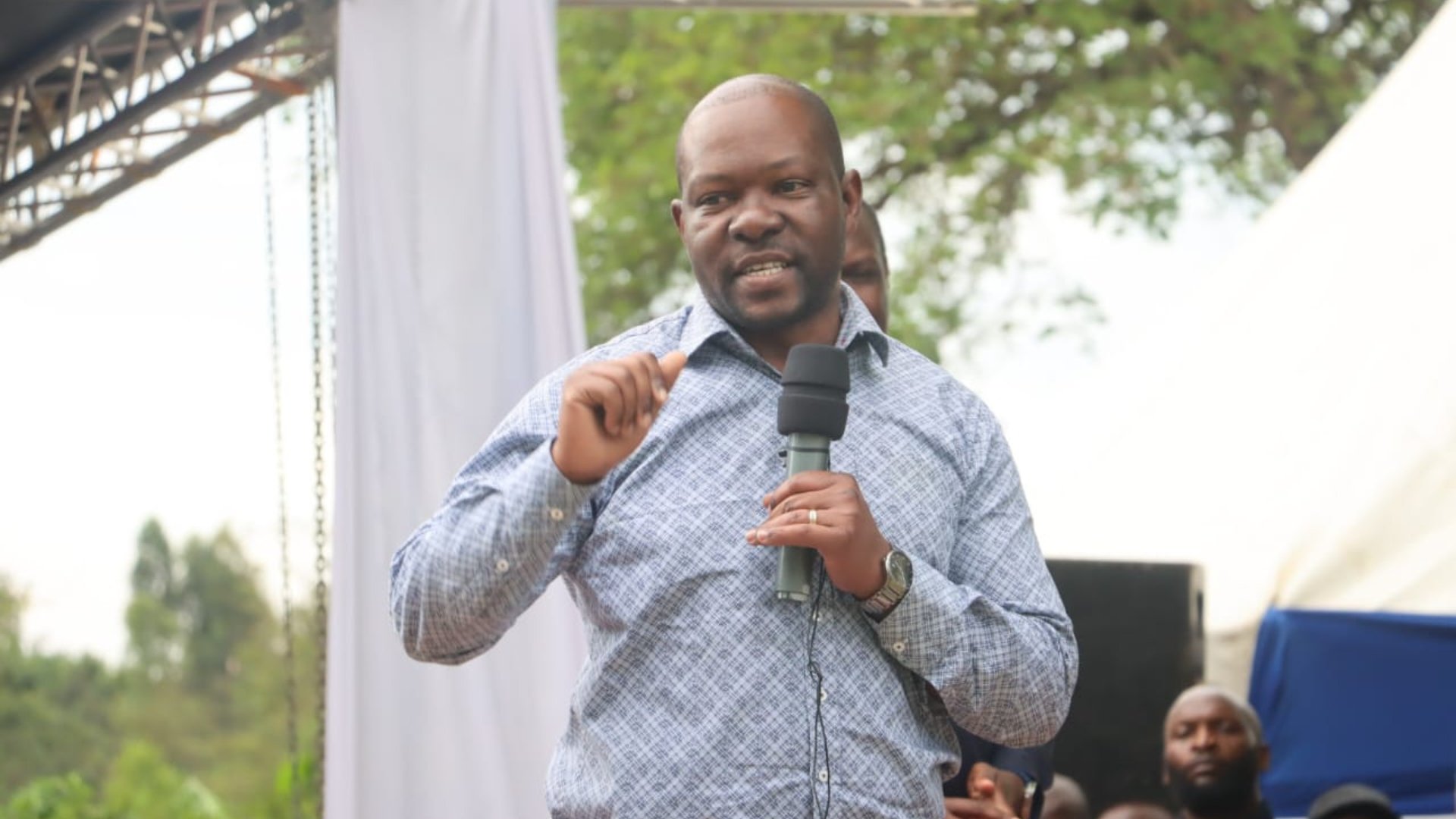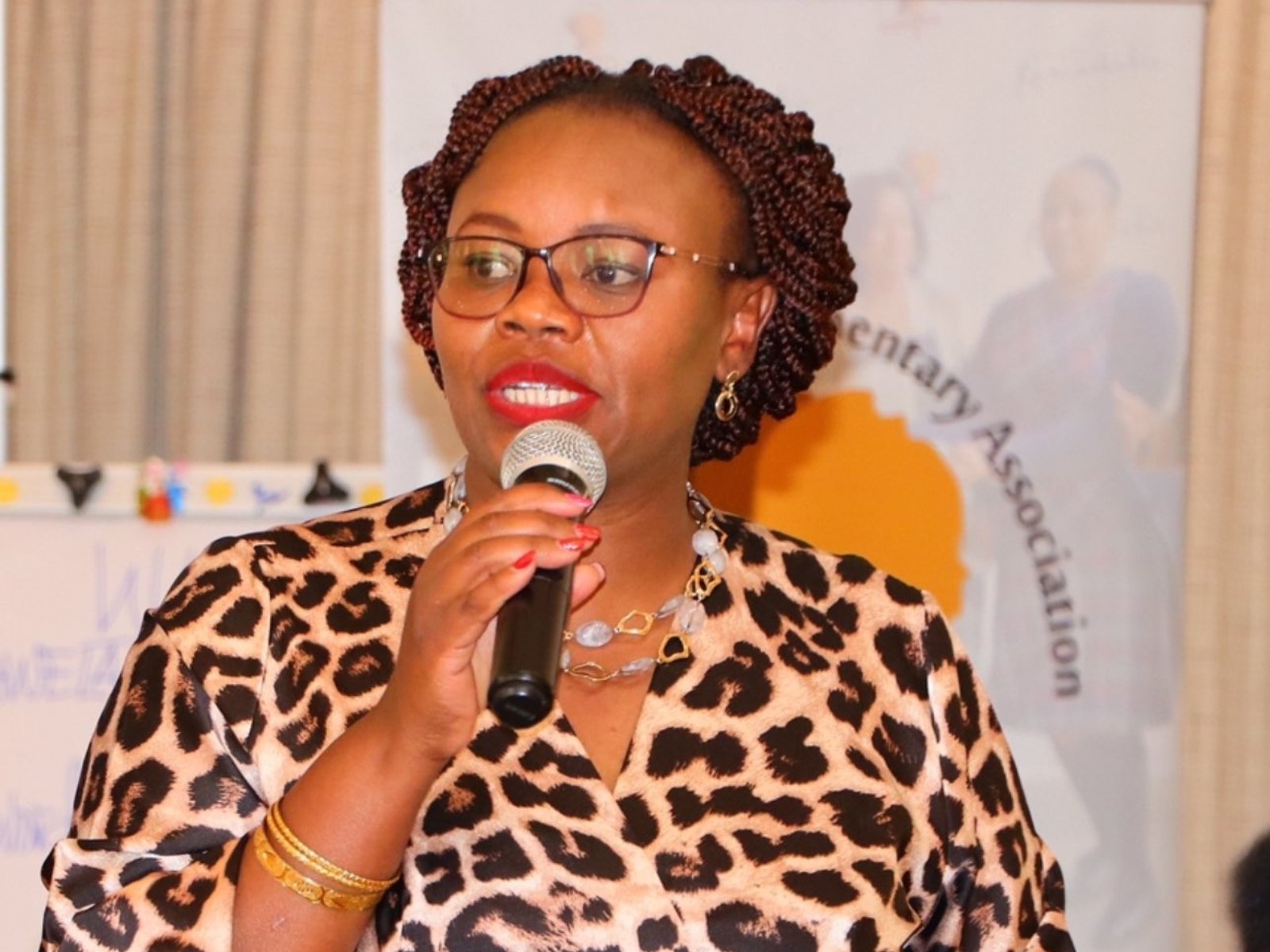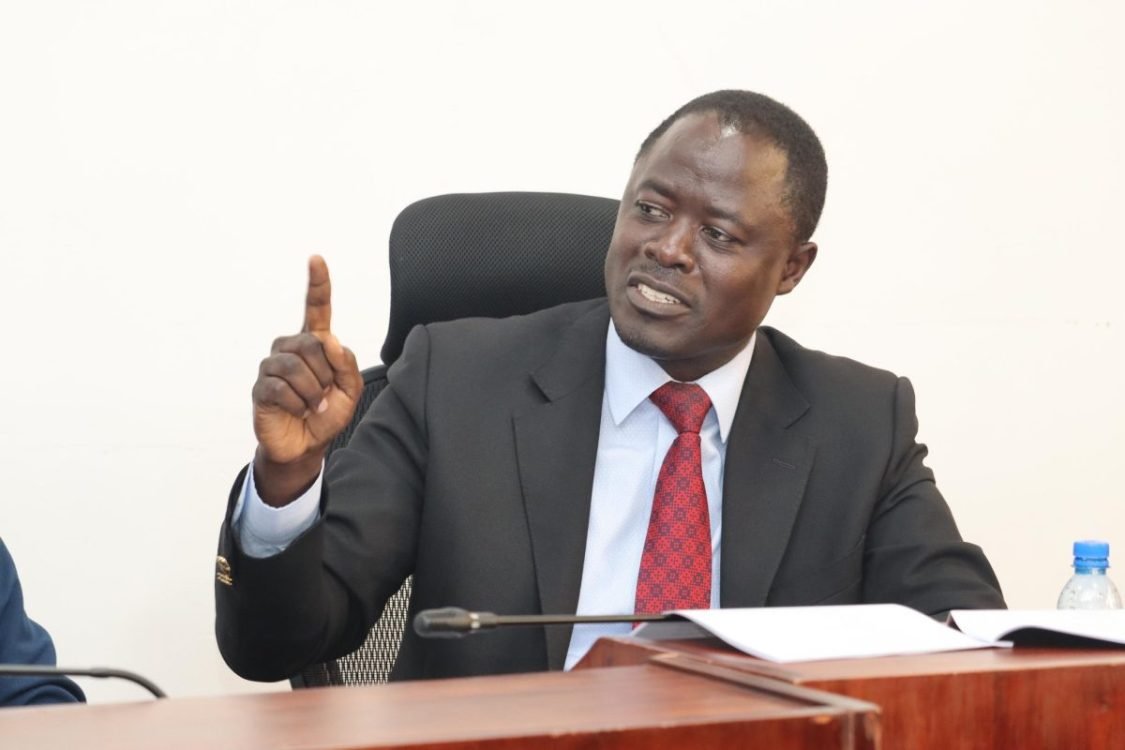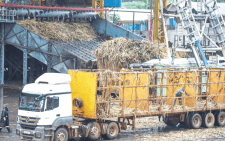Lack of research funding threatens sugar industry

Kenya’s attempts to be self-sufficient in sugar production must leverage research, which is unfortunately hugely underfunded, experts have said.
Speaking during a Kenya Association of Manufacturers (KAM) sponsored webinar, researchers said the sub-sector must seek proper linkages to disseminate technologies they have developed over the years, in the face of weak linkages with farmers.
These are some of the challenges manufacturers will be seeking to champion through their five-year strategy that was virtually launched yesterday with intent to solve specific challenges and improve competitiveness.
Crispin Omondi, the Sugar Research Institute (SRI) Director said since 2016, when the Sugar Levy was formed, research on Sugar has “more or less remained unfunded”, despite the fact they have produced 21 varieties that are high yielding, have high sucrose content, mature early, and resistant to pests and diseases.
“I know the government has the National Research Fund, but it is spread so thin that it cannot fund applied research like what we do in sugar,” he added.
In fact, Omondi said, if you want to produce a product that can make an impact in the industry, as a sub-sector, you cannot do that in less than three years and not less than probably Sh5 million to Sh10 million in investment.
He said SRI is forced to rely on development partners, adding that funds are meant for specific projects and tend to limit their research objectives.
Omondi said although the 21 varieties would make the Kenya competitive against its Common Market for East and Southern Africa (Comesa) partners in terms of production, adoption has been low, to the extent that only 12 per cent of cane farmers using them.
This, Omondi added can easily be raised to 60 per cent if there were good mechanisms of multiplying the certified seeds.
Widespread adoption
For over two decades when adoption of these varieties started, the understanding was that once the research has done its part, then extension would take over the promotion of these varieties and their widespread adoption.
“But you know very well agriculture is a devolved function and extension moved to the counties so the linkage between research and extension has been rather weak,” said Omondi.
The sub-sector falls under KAM’s food and beverage sector, and according to chief executive Phyllis Wakiaga it brings together 12 sugar manufacturing firms out of which seven are private and five are publicly owned.
Wakiaga said the sub-sector is a source of income for over 500,000 smallholder farmers, who supply over 90 per cent of the milled cane.
Mucai Kunyiha, KAM chair said it was critical for the underperforming sub-sector to find its footing, by addressing underlying issues which were making it uncompetitive, including a lack of transparency.
“We need to know that the money being used to invest in these sectors is taxes.
And in the coming days, as we know, we are getting in a fiscally constrained environment, where government revenues are not as high as they had hoped.
Our external and local borrowings have been rising so the availability of cash will be very limited,” he said.

